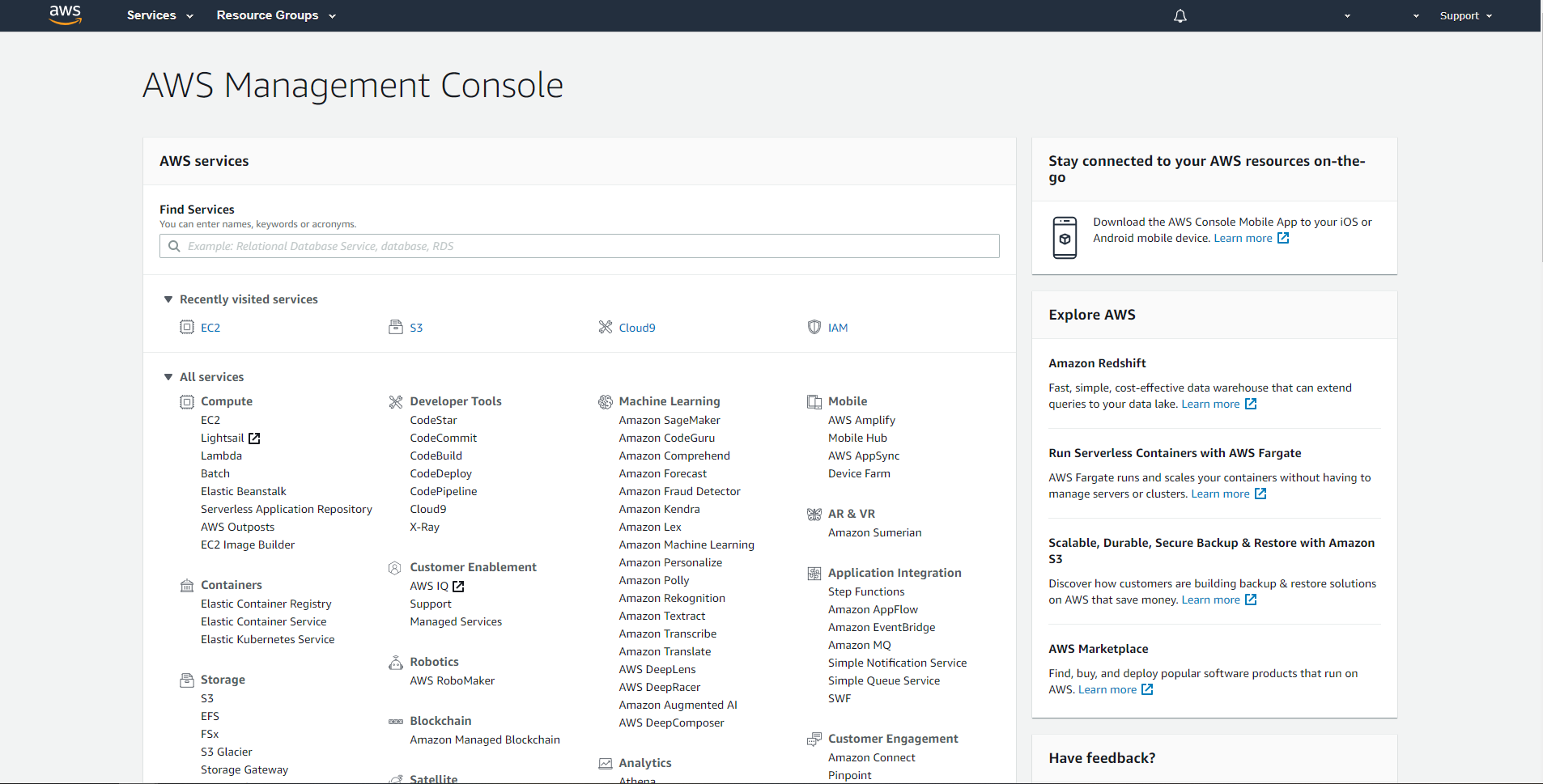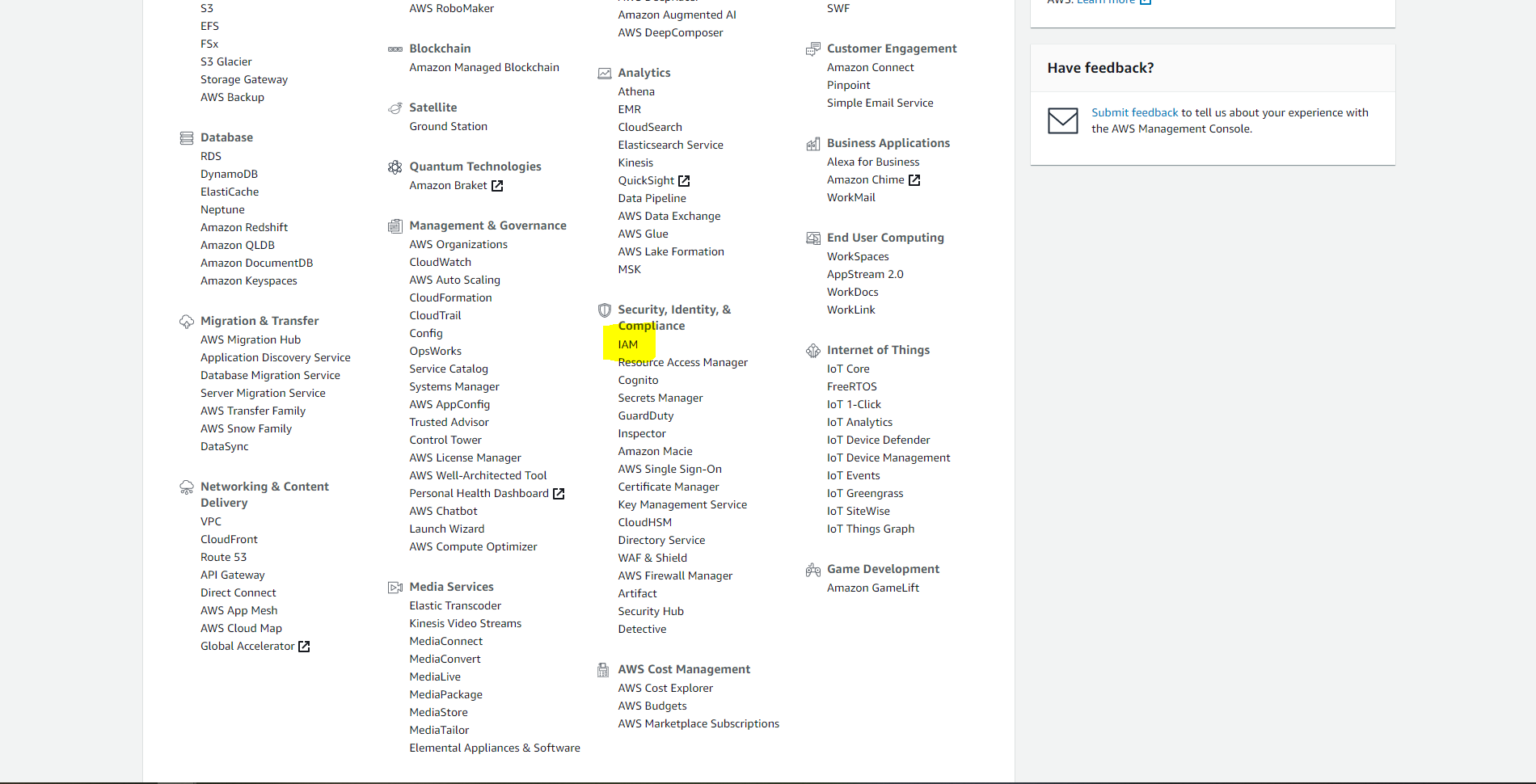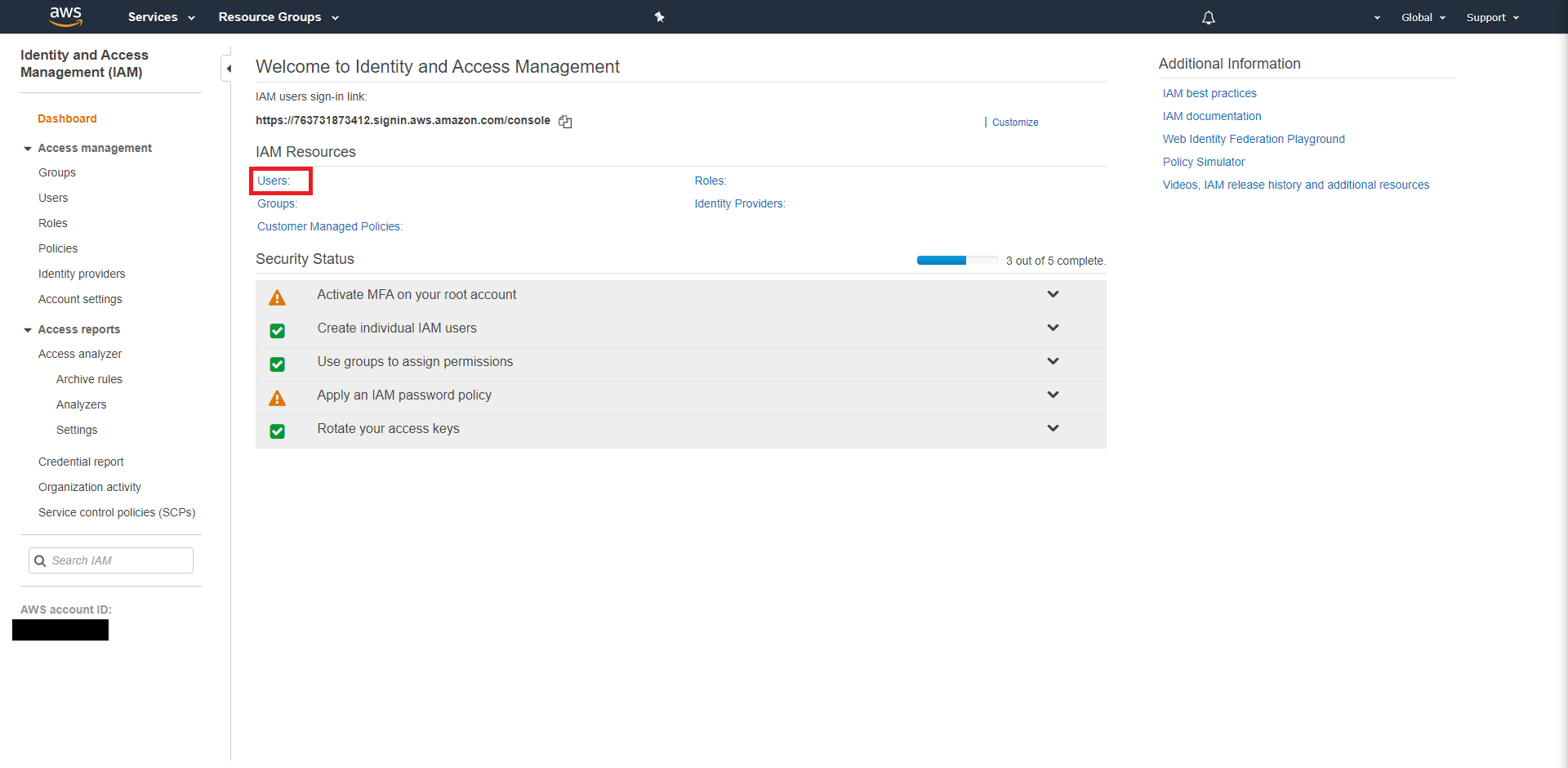Amazon Web Services (AWS).
Sometimes, you can be blocked from completing a task just because of your desktop capabilities. As a data scientist for example, most of the time it is almost impossible to load a huge dataset to your personal desktop. Even if you were able to load this data, training your model might take forever. One possible solution is to use Amazon Web Services (AWS). You can read more about AWS from here.
Using Amazon Elastic Compute Cloud (Amazon EC2 will help solve the previously stated problems. It is scalable and eliminates the need to invest in hardware up front. You can read more about Amazon EC2 from here.
There is also Amazon Simple Storage Service (Amazon S3) that can be used to store and retrieve any amount of data at anytime. You can read more about Amazon S3 from here.
To make the communication with the Amazon EC2 easier, you can use AWS Cloud9. It is a cloud-based integrated development environment (IDE) that lets you write, run and debug your code using the browser. You can read more about AWS Cloud9 from here.
In this article, we will:
- Get Access key and Secret Key
- Build an AWS EC2 instance.
- Connect to this instance using PuTTY.
- Connect to AWS S3.
- Connect to AWS Cloud9.
1. Get Access Key and Secret Key
Access key and secret key are used to authenticate requests you make to AWS.
After creating an AWS account from here, log in to AWS Management Console from here.

AWS Management Console displayed after logging in — Image by author
First, we need to create an Access Key and Secret Key. In Security, Identity, & Compliance pick **IAM **(Identity and Access Management).

Pick IAM — Image by author
Press Users then choose your user name. If you cannot find your username, _press _Add user.

Press Users — Image by author
After pressing your user name, inside the Security credentials tab press Create Access Key. Then download .csv file. You will find your Access Key & Secret Key inside. Keep them stored in a safe place as you will need them later.
#data-science #cloud9 #aws #ec2 #s3 #data analysis